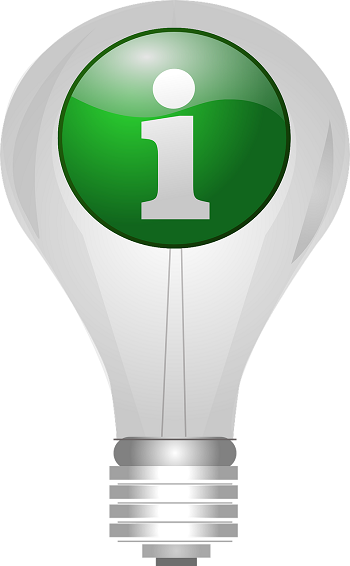The invention of the light bulb over a century and a quarter ago was the hallmark of modernization. The light bulb transformed the world’s industries and improved the quality of life in homes.
The incandescent bulb is, however, coming to an end, what with the ban that was supposed to bring an end to the production and sale of 100, 60, 40 and 25 watt bulbs by the end of 2014.
Some factors that led to the ban include:
- They have to be recycled carefully due to their mercury content
- They consume too much power
- They have a short lifespan
The rationale behind the ban is that it would reduce the amount of strain on power plants and reduce the harmful effects to the environment. There is a cost saving implication as well, with most governments estimating that they will save millions in terms of budgets allocated towards lighting and expansion of power grids.
In the United States and the European Union, the incandescent bulb is almost unavailable in major shops.
The ban on incandescent bulbs was met with a lot of apprehension by manufacturers and consumers alike. Below are some of the concerns that they had:
-
Performance of Energy Efficient Bulbs
A cause for concern was that energy efficient bulbs will not perform as well as incandescent bulbs. This has however proved to be incorrect as energy efficient bulbs, such as compact fluorescents, have good performance.
-
Cost
Price was another factor that led to initial resistance. Incandescent bulbs were the cheapest bulbs in the market.
Fluorescent and LED bulbs cost many times more than incandescent bulbs. However, consumers have found that the cost is recovered over time in 2 ways:
- You will not need to buy LED and CFL bulbs as frequently as you would need to buy and replace incandescent bulbs.
- Your energy consumption per bulb will be lowered by a huge percentage, thereby giving you savings on your energy bill.
The prices of energy efficient bulbs are also starting to come down. The market share that was once taken by incandescent bulbs was quite substantial.
The energy saving bulbs will now rise to take that market share. This will in turn generate more demand, which will lead to more production, hence reduced pricing as a result of economies of mass production.
-
Stockpiling
Other concerns centered on stockpiling. This was also a baseless concern as there were strict measures put in place to ensure that retailers did not contravene the stipulated rules of the ban.

The Scenario Today
Consumers have now gotten over the initial fuss and are now fully accustomed to the use of energy efficient bulbs.
With more sensitization about energy saving practices, such as switching off any unnecessary lighting, most consumers will soon start to experience the full benefits of using energy efficient bulbs.
As well, as LED technology continues to become cheaper, consumers will realize more energy savings.
There are also other solutions that are offered by companies such as utility warehouse that allow consumers access to utility bill bundling to reduce the cost of bills down even further. Lack of complaints has helped the uptake of such services.

